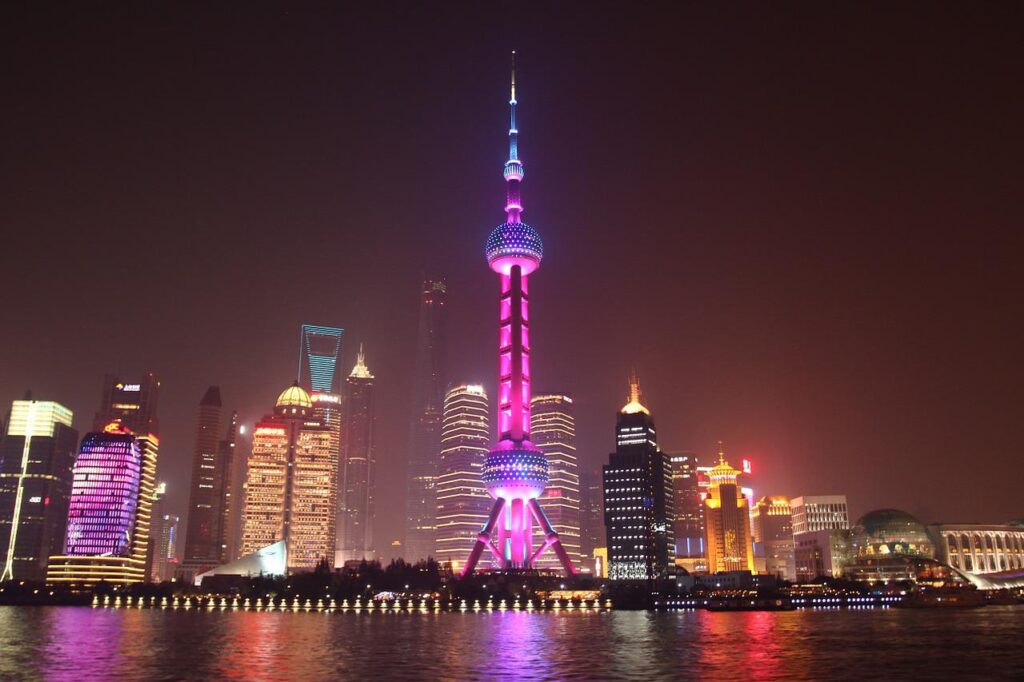China’s May Day Holiday spending during China’s Golden Week has exceeded pre-pandemic level for the first time in three years. It is a sign that the country’s travelers have fully emerged from the depths of Covid-related restrictions and are eager to live large to make up for lost time.
For many, this May Day period, spanning five days from April 29 to May 3, was the first chance to go on vacation in more than three years. Never have to worry about catching Covid. During the Chinese New Year holiday in January, many people stayed home. Because of fears of infection during China’s “exit wave” when an unknown number of people caught the disease.

“This May Day is crazy!”
Many tourist attractions were much more crowded this week than during previous long holidays. Reports and photos of too many people crammed into buses, bridges or restaurants are all over social media.
Travelers made 274 million trips within mainland China during the holiday, up 71% from a year ago and 19% higher than 2019. Revenue from domestic tourism reached 148 billion yuan ($21 billion), up 129% from a year earlier and also slightly higher than 2019.
China’s vast railway network, a major mode of transportation, saw a record 120 million trips made from April 27 to May 4. It is up 20% from the same period in 2019, the national railway operator announced.

China’s May Day Spending Exceeds Pre-pandemic Level
SHANGHAI — Free from pandemic lockdowns, more people are expected to travel in China during the upcoming five-day May Day holiday than they did before. Bookings for domestic hotels and air travel from Saturday through Wednesday have exceeded 2019 level, according to Trip.com Group.
Long-distance travel accounts for nearly 70% of bookings. The end of zero-COVID policy means people can now travel freely to different cities or provinces, encouraging them to opt for long-haul getaways.
Hotel fees have skyrocketed at popular tourist spots, according to Chinese media.
Shanghai’s major rail stations are projected to serve 3.82 million passengers between Thursday and May 4, according to a local rail operator. On Saturday alone, 650,000 passengers are expected to board trains, marking an all-time high for the start of the holiday break, also known as Labor Day in China. The rail lines plan to add more trains to accommodate the increase in demand.
Besides Beijing and Shanghai, visitors are expected to go off the beaten path to lesser known destinations as well.
In Zibo, an under-the-radar city in central Shandong province that has created a buzz for its cuisine, municipal tourism authorities said hotels were almost fully booked for Monday. Official postings on social media warn of possible traffic congestion and long lines.

Economic boost
Services-related consumption staged a major rebound this week.
Revenues reported by dining and retail companies jumped nearly 20% during the holiday, data from the Ministry of Commerce indicated. It’s a significant increase, as retail sales growth was just 10.6% in March.
Alipay, the country’s biggest digital payment app, reported a 200% increase in online holiday spending from a year earlier. The amount was also 70% higher than the 2019 level.
The strong Labor Day holiday tourism data bodes well for consumption and services recovery in coming months. China market once again proves the vitality and potential. Deep Digital China will continue to pay attention to and report on China’s economic recovery.
